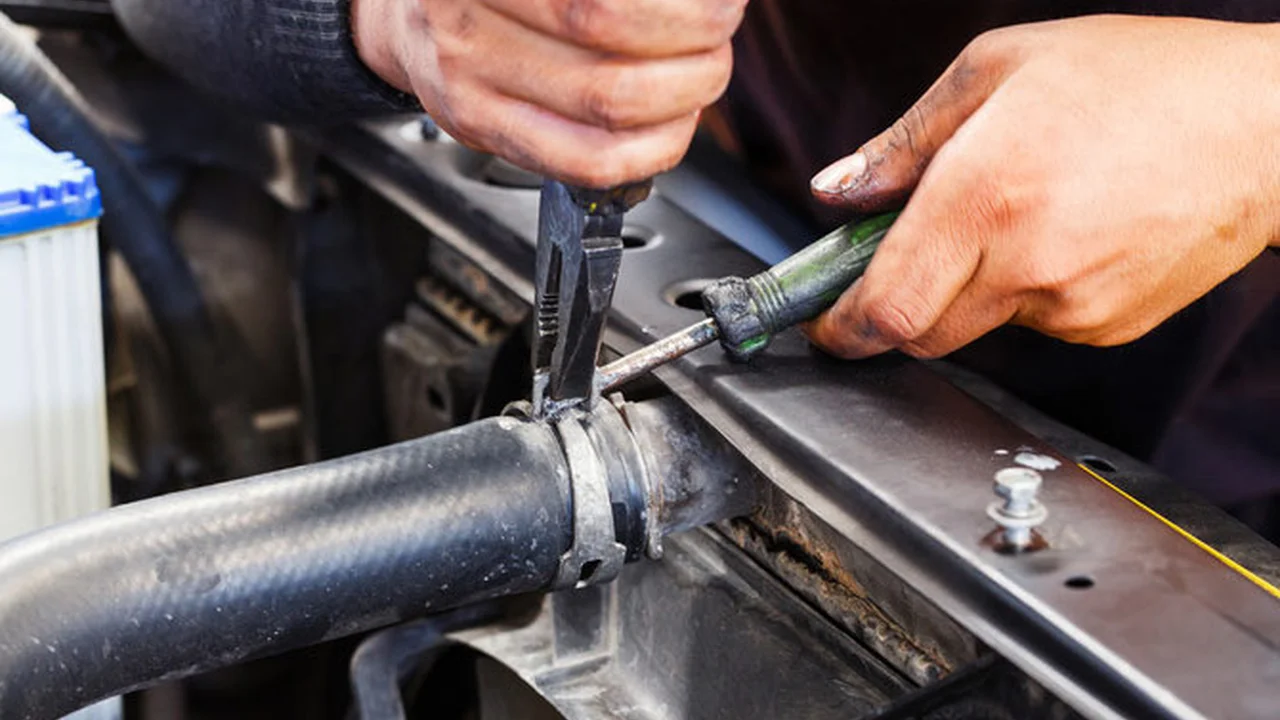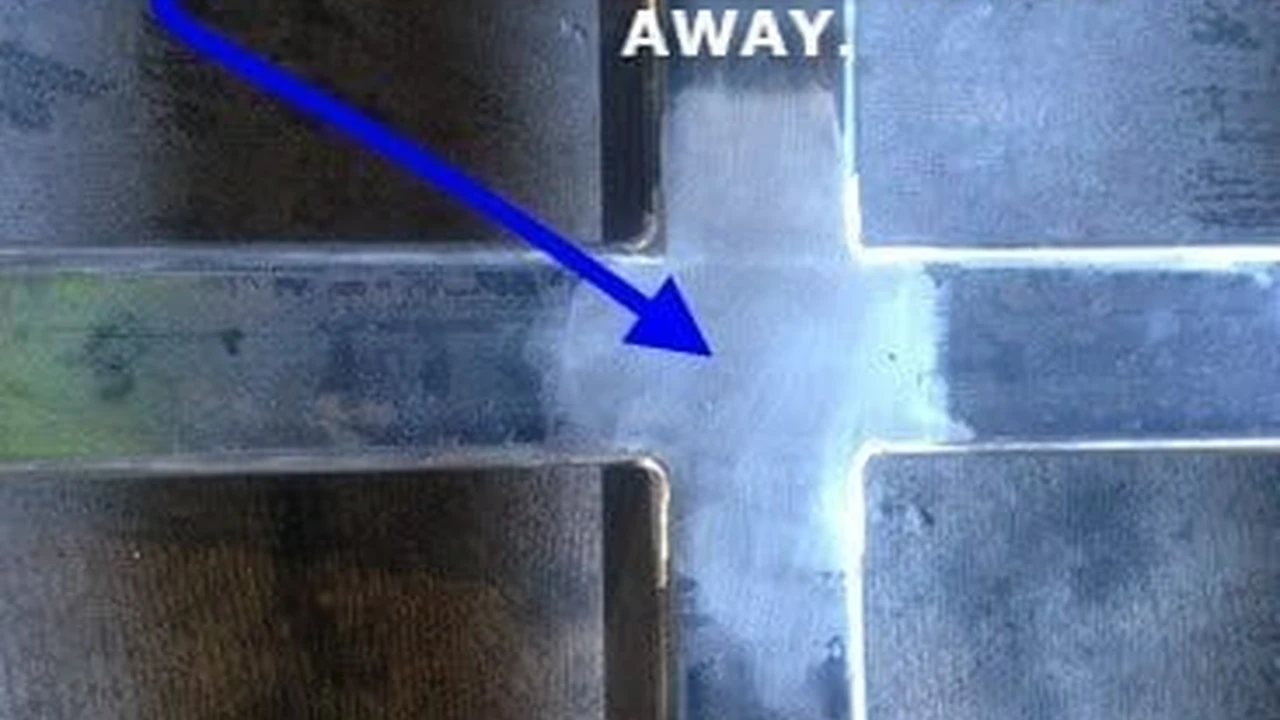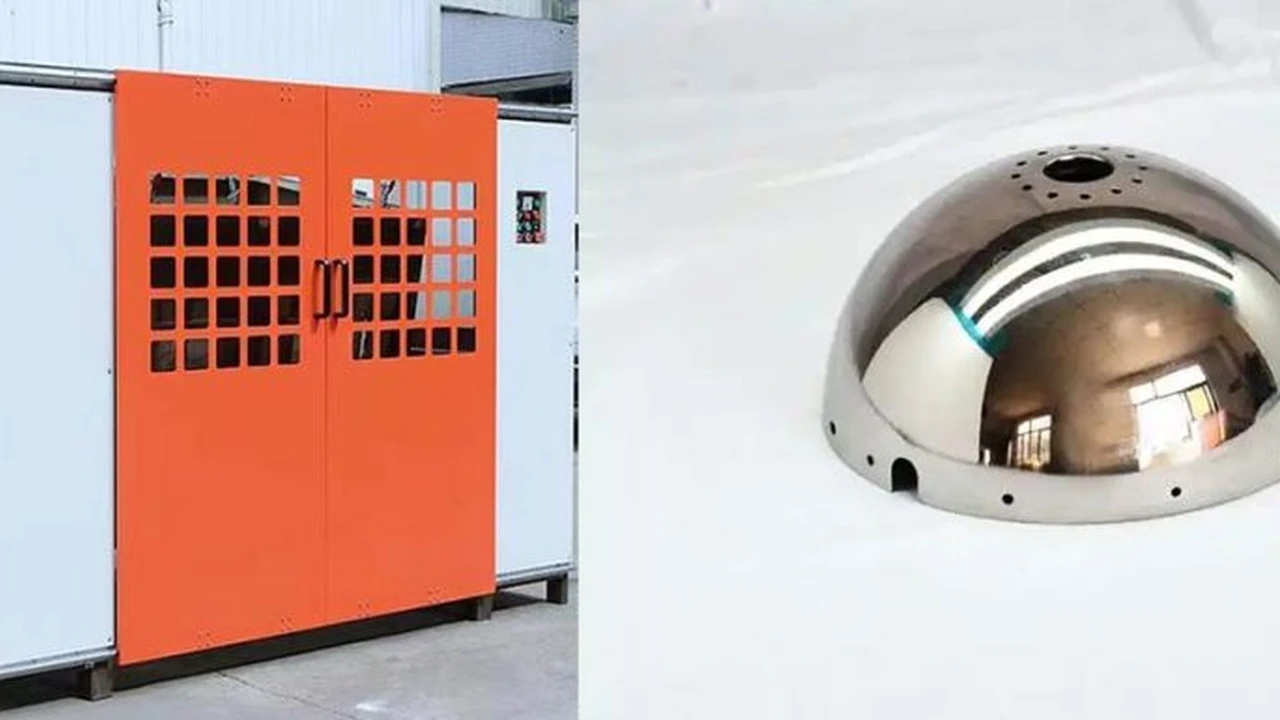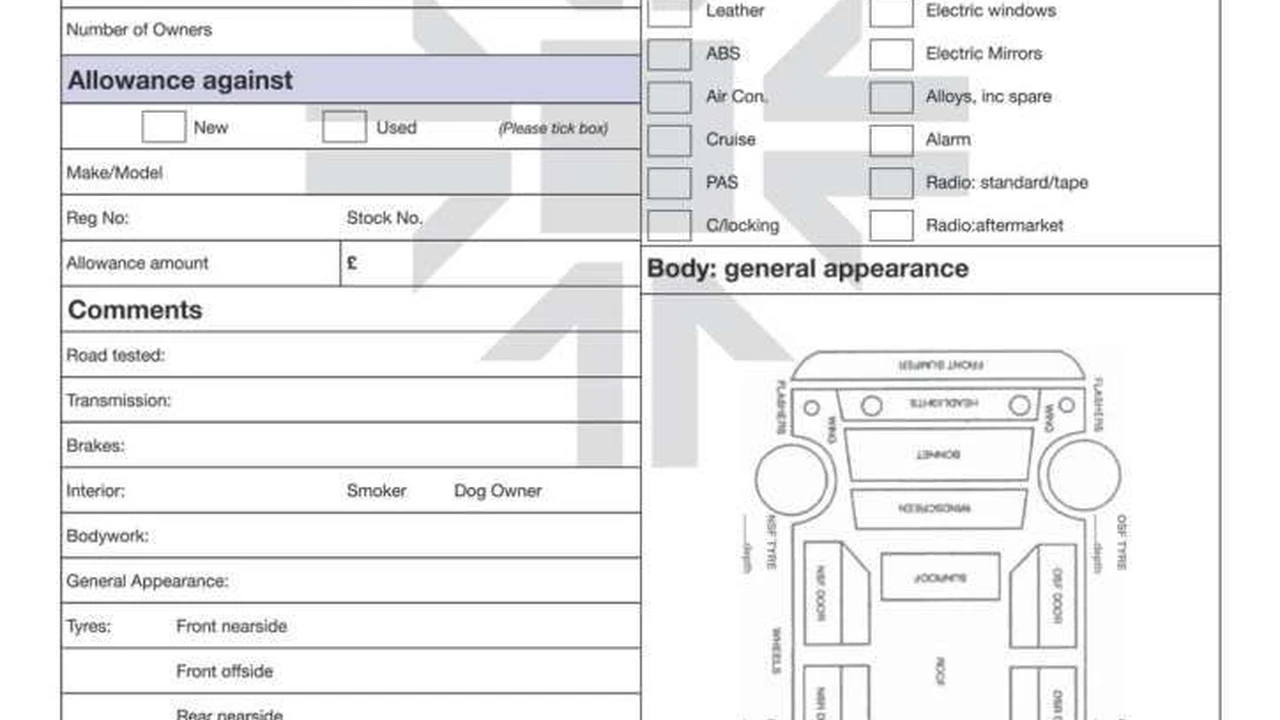Cooling System Maintenance: Preventing Overheating
Cooling System Maintenance Preventing Overheating Learn how to flush the radiator replace hoses and inspect the water pump Prevent overheating in your classic car with proper cooling system maintenance Extend the life of your engine.

Why Classic Car Cooling System Maintenance is Crucial for Preventing Overheating
Alright, let's talk about keeping your classic car from turning into a steaming kettle on wheels. Overheating isn't just annoying; it can seriously damage your engine. These old engines weren't designed for modern traffic and stop-and-go driving, so a well-maintained cooling system is your first line of defense. We're talking about preventing cracked heads, blown gaskets, and a whole lot of frustration.
Understanding Your Classic Car's Cooling System Components
Before we dive into maintenance, let's get familiar with the key players in your cooling system:
- Radiator: This is where the coolant dissipates heat. Think of it as your engine's personal AC unit.
- Radiator Cap: It maintains pressure within the cooling system. A faulty cap can lead to leaks and reduced efficiency.
- Hoses: These carry coolant between the engine, radiator, and other components. Over time, they can crack, swell, and leak.
- Water Pump: This circulates coolant throughout the engine. A failing water pump means no coolant flow, and that spells disaster.
- Thermostat: It regulates the engine's temperature by controlling coolant flow to the radiator. A stuck thermostat can cause overheating or undercooling.
- Coolant: This mixture of water and antifreeze absorbs heat from the engine. The right coolant mix is vital.
- Fan: Most classic cars rely on a mechanical fan driven by the engine. Some also have an auxiliary electric fan for additional cooling.
How to Inspect Your Classic Car's Cooling System for Potential Problems
A regular inspection can catch problems before they become catastrophic. Here’s what to look for:
- Coolant Level: Check the coolant level in the radiator and overflow tank when the engine is cold. Low coolant is a red flag.
- Hose Condition: Squeeze the hoses to check for softness, cracks, or swelling. Replace any hoses that feel questionable.
- Radiator Condition: Look for leaks, corrosion, and bent fins. A clogged radiator can't dissipate heat effectively.
- Radiator Cap: Inspect the cap for damage and ensure it seals properly. Consider replacing it every few years.
- Water Pump: Listen for unusual noises, such as whining or grinding. Check for coolant leaks around the water pump housing.
- Thermostat: If your engine takes a long time to warm up or overheats quickly, the thermostat might be stuck.
- Fan: Ensure the fan spins freely and is not damaged. Check the fan clutch if your car has one.
Flushing Your Classic Car Radiator A Step-by-Step Guide for Optimal Cooling
Flushing your radiator removes deposits and contaminants that can reduce cooling efficiency. Here’s how to do it:
- Safety First: Make sure the engine is completely cool before starting. Hot coolant can cause severe burns.
- Drain the Old Coolant: Locate the drain petcock on the bottom of the radiator and open it to drain the coolant into a bucket. Dispose of the old coolant properly.
- Flush with Water: Close the drain petcock and fill the radiator with distilled water. Run the engine for a few minutes with the heater on.
- Drain Again: Let the engine cool and drain the water. Repeat this process until the water comes out clear.
- Add Coolant: Mix the correct ratio of coolant and distilled water (usually 50/50) according to your car's specifications. Fill the radiator and overflow tank.
- Bleed the System: Remove any air pockets in the cooling system by running the engine with the radiator cap off until the thermostat opens. Top off the coolant as needed.
Replacing Classic Car Hoses: A Preventative Maintenance Task
Replacing hoses is a relatively inexpensive way to prevent coolant leaks and overheating. Here’s how:
- Gather Your Supplies: Purchase new hoses that match the original specifications. You’ll also need hose clamps, screwdrivers, and a bucket.
- Drain Coolant: Drain some coolant from the radiator to prevent spillage.
- Remove Old Hoses: Loosen the hose clamps and carefully remove the old hoses. Be prepared for some coolant to spill.
- Install New Hoses: Attach the new hoses and secure them with new hose clamps. Make sure the hoses are properly seated.
- Refill Coolant: Refill the radiator with the correct coolant mixture and bleed the system.
Inspecting and Replacing the Water Pump in Your Classic Car
A failing water pump can lead to overheating and engine damage. Here’s how to inspect and replace it:
- Inspection: Check for coolant leaks around the water pump housing. Listen for unusual noises, such as whining or grinding.
- Removal: Disconnect the battery and drain the coolant. Remove the fan, belts, and any components that are in the way. Disconnect the hoses from the water pump and unbolt it from the engine.
- Installation: Install the new water pump with a new gasket. Torque the bolts to the manufacturer's specifications. Reconnect the hoses, belts, and fan.
- Refill Coolant: Refill the radiator with the correct coolant mixture and bleed the system.
Thermostat Replacement: Regulating Engine Temperature for Optimal Performance
A stuck thermostat can cause overheating or undercooling. Here’s how to replace it:
- Drain Coolant: Drain some coolant from the radiator to prevent spillage.
- Remove Thermostat Housing: Locate the thermostat housing on the engine and remove it.
- Remove Old Thermostat: Remove the old thermostat and inspect the housing for corrosion.
- Install New Thermostat: Install the new thermostat with a new gasket. Make sure the thermostat is oriented correctly.
- Reinstall Housing: Reinstall the thermostat housing and torque the bolts to the manufacturer's specifications.
- Refill Coolant: Refill the radiator with the correct coolant mixture and bleed the system.
Choosing the Right Coolant for Your Classic Car Engine Type
Using the correct coolant is essential for protecting your engine from corrosion and overheating. Modern coolants can sometimes damage older engines, so choosing the right type is crucial.
- Traditional Green Coolant (IAT): This is the most common type of coolant and is suitable for many classic cars. It provides good corrosion protection but needs to be replaced every two years.
- Extended Life Coolant (OAT/HOAT): These coolants offer longer service intervals but may not be compatible with all classic car engines. Check your car's specifications before using them.
- Nitrite-Free Coolant: If your classic car has yellow metals (brass, copper) in the cooling system, use a nitrite-free coolant to prevent corrosion.
Product Recommendations for Classic Car Cooling System Maintenance
Here are some specific product recommendations to help you maintain your classic car's cooling system:
- Radiator Flush: Prestone Radiator Flush & Cleaner ($10-15): This is a reliable option for cleaning out deposits and contaminants. Use it before flushing with water.
- Coolant: Zerex Original Green Antifreeze/Coolant ($15-20 per gallon): A classic choice for older vehicles, providing excellent protection against corrosion.
- Hoses: Gates or Goodyear Hoses ($10-30 per hose): These brands offer high-quality hoses that are durable and resistant to cracking.
- Radiator Cap: Stant Radiator Cap ($10-20): A trusted brand for radiator caps, ensuring proper sealing and pressure regulation.
- Water Pump: AC Delco or Bosch Water Pump ($50-150): These brands offer reliable water pumps that are designed to last.
- Thermostat: Robertshaw Thermostat ($15-30): Known for accurate temperature control and durability.
Comparing Cooling System Products: Features, Prices, and Compatibility
Let's break down some comparisons to help you make informed choices:
- Coolant: While modern extended-life coolants (OAT/HOAT) like Dex-Cool promise longer intervals, they can react negatively with older seals and gaskets. Stick with the traditional green coolant (IAT) for most classics unless you're certain about compatibility. The cost difference is minimal, but the risk of damage is significant.
- Hoses: Cheaper generic hoses might save you a few bucks upfront, but they tend to crack and fail sooner. Investing in brands like Gates or Goodyear ensures a longer lifespan and reduces the risk of leaks. The extra $5-10 per hose is well worth the peace of mind.
- Water Pump: Rebuilt water pumps are a budget-friendly option, but they can be unreliable. A new water pump from a reputable brand like AC Delco or Bosch offers better performance and longevity. Consider it an investment in your engine's health.
Tips for Preventing Overheating in Your Classic Car During Summer Months
Summer heat can put extra stress on your cooling system. Here are some tips to prevent overheating:
- Use the Correct Coolant Mixture: A 50/50 mix of coolant and distilled water is usually recommended. In extremely hot climates, you can increase the coolant concentration slightly, but don't exceed 70% coolant.
- Check the Radiator Fan: Make sure the fan is operating properly. If your car has a mechanical fan, check the fan clutch. If it has an electric fan, ensure it turns on when the engine gets hot.
- Avoid Idling in Traffic: Idling generates heat without airflow. If you're stuck in traffic, try to keep moving or pull over to let the engine cool down.
- Monitor the Temperature Gauge: Keep a close eye on the temperature gauge. If it starts to climb, pull over and let the engine cool down.
- Consider an Auxiliary Electric Fan: Adding an electric fan can provide additional cooling in hot weather.
- Clean the Radiator Fins: Regularly clean the radiator fins to remove dirt and debris that can block airflow.
Documenting Your Cooling System Maintenance for Future Reference
Keep a record of all the maintenance you perform on your cooling system. This will help you track when parts were replaced and identify any recurring issues. Include dates, part numbers, and any notes about the work you performed.
:max_bytes(150000):strip_icc()/277019-baked-pork-chops-with-cream-of-mushroom-soup-DDMFS-beauty-4x3-BG-7505-5762b731cf30447d9cbbbbbf387beafa.jpg)






